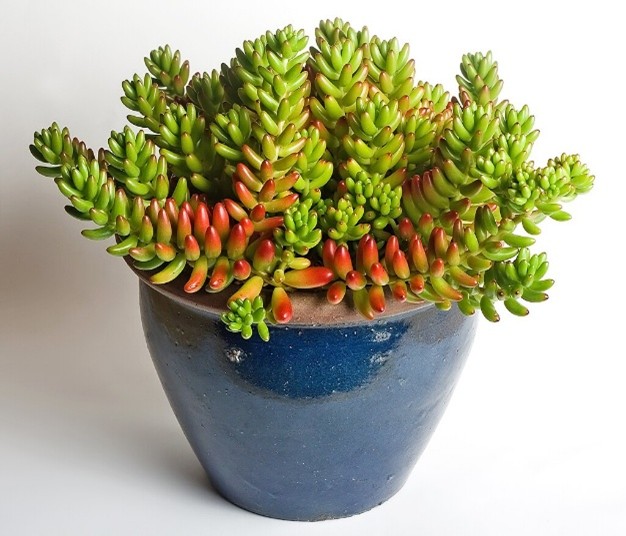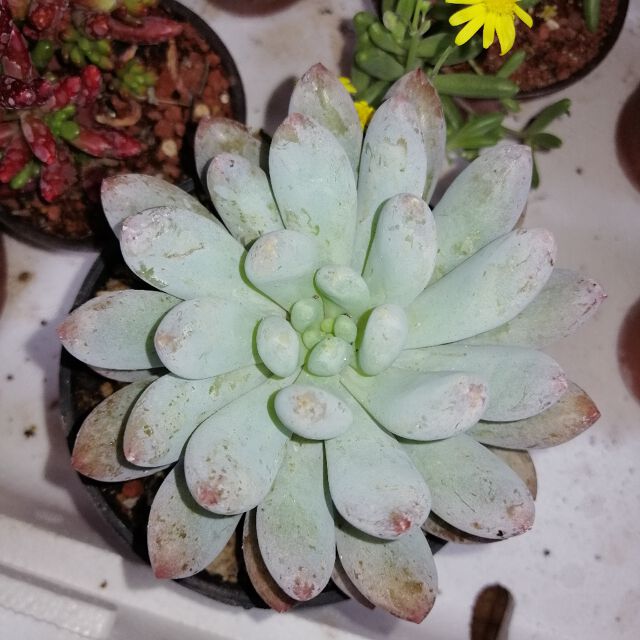
Crassula ovata
Commonly known as jade plant, lucky plant, money plant or money tree
This is a succulent plant with small pink or white flowers that is native to the KwaZulu-Natal and Eastern Cape provinces of South Africa, and Mozambique; it is common as a houseplant worldwide. Much of its popularity stems from the low levels of care needed; the jade plant requires little water and can survive in most indoor conditions.

Coleus amboinicus
Commonly known as Indian borage, country borage, French thyme, Indian mint, Mexican mint, Cuban oregano, broad leaf thyme, soup mint, Spanish thyme
This is an aromatic, succulent plant with fleshy leaves that taste similar to oregano and thyme, although it is not a true oregano. It is used as a spice in cooking and as a natural remedy, especially for coughs and respiratory problems, and is also popular as an air-purifying plant. It is not frost-resistant, so it needs to be brought indoors in the winter, but it grows well in sunny and warm places.

Graptopetalum paraguayense
Commonly known as mother-of-pearl-plant and ghost plant
This is a succulent plant renowned for its beautiful rosettes and easy-care nature. Its unique coloration and structure make it a favorite among succulent enthusiasts.

Graptopetalum paraguayense
Commonly known as jelly-beans, jelly bean plant, or pork and beans
This is cultivated as an ornamental plant, for planting in gardens and as potted
plants. It is grown very easily and tolerates all types of soil except for those
that are poorly drained. It grows very well in summer, can take variations in climate,
although it is not frost-tolerant.
New plants may be grown from leaves (or beans) that drop off or are separated from the
stem and laid on soil.

Hooker's pachyphytum
Pachyphytum hookeri
This is a species of succulent plant that belongs to the Crassulaceae family. It is a slow-growing plant that has rosettes of fleshy, green leaves that are densely packed together. The leaves are covered in small white hairs that give them a fuzzy appearance. In the summer, it produces small, star-shaped flowers on tall stalks.